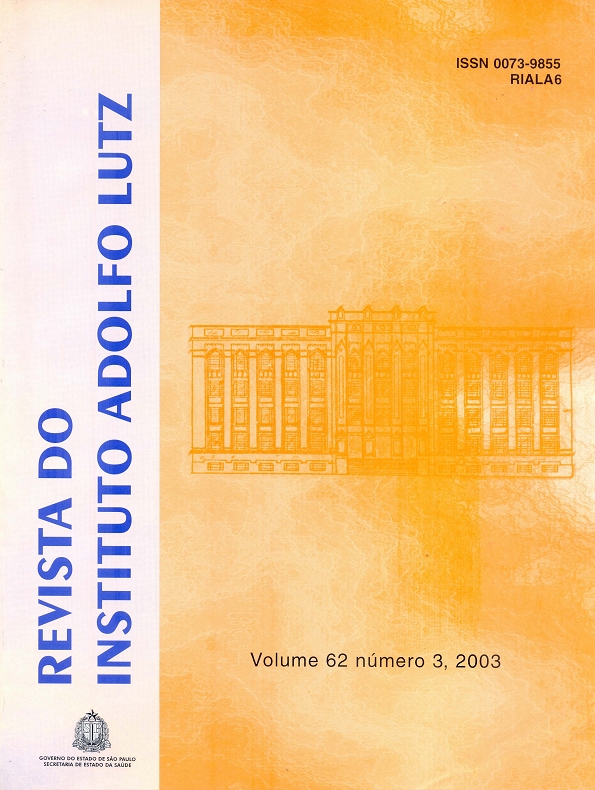Resumen
The use of fish industrialization residues is small in the
southern part of Rio Grande do Sul State, Brazil. These residues
are generally: accumulated in tanks without receiving any type
of treatment, discarded in the vicinity of the industries or taken
for low quality fish flour preparation. A simple and cheap
alternative for its use is the production of chemical silage. When
it is produced in good conditions it can be added in the ration
of birds, in a percentile maximum of 10%. In this present work
took place a study for the use of the residues under this form,
using its solid fraction in the quails ration and evaluating its
effects on the physical-chemical characteristics,
microbiological, and the sensorial profile of the fatty acids of
the eggs. The accomplished analyses were: Haugh Unit; yolk
index; relationship albumen/egg, yolk/egg and peal/egg,
according to Souza and Souza (1995) and volume of the yolk
and albumen; proximal composition, according to A.O.A.C.
(1995), and for proteins Micro Kjeldahl’s method was used, for
lipids the acid hidrolises and for ashes and humidity was used
gravimetric method; determination of fatty acid through
gaseous chromatography; sensorial analysis of scent and
flavor, through structured scales and evaluation of mesofilos
microrganism and psicrofilos, according to ABNT (1995), norm
MB-3462 Novembro/91, using the plaquement method in depth
and in surface, respectively; these analyses were accomplished
with samples stored in different times from 0 up to 30 days.
The found results demonstrate that was possible the use of
residues under the form of chemical silage, that proved to be a
stable product; in the quail eggs the physical-chemical
characteristics are modified along the time, mainly due to the
humidity changes; the sensorial terminology of the scent and
flavor of the eggs was gathered in four groups: sweetened,
penetrating, oleaginous and farinaceous; the diet has
influence in the sensorial characteristics, when the silage didn’t
contain antioxidant; the storage temperature has great
influence in the physical properties of the eggs; at the end of
the 30 days of storage the eggs didn’t show microbiological
contamination; there was a change in the profile of the fatty
acids of the quails eggs, in function of the modified diets.

Esta obra está bajo una licencia internacional Creative Commons Atribución 4.0.
Derechos de autor 2003 Revista do Instituto Adolfo Lutz
